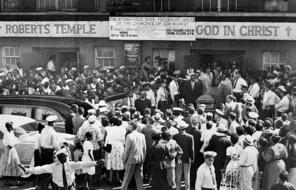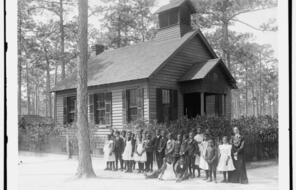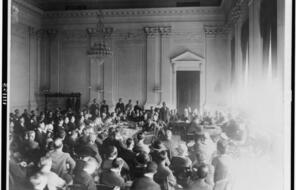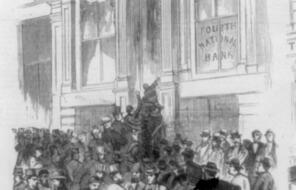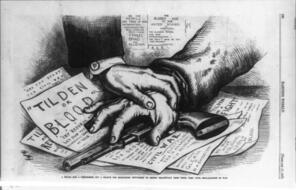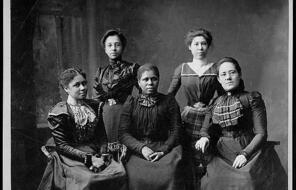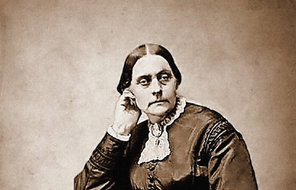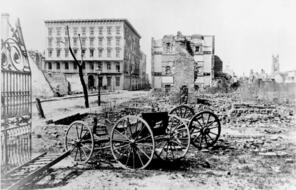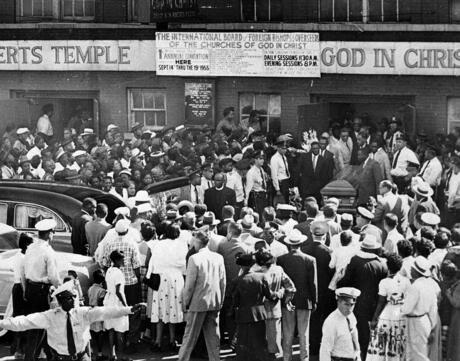
"A Rallying Cry and a Cause"
At a Glance
Language
English — USSubject
- History
- Social Studies
Grade
9–12Duration
One 50-min class period- Racism
- Human & Civil Rights
- Democracy & Civic Engagement
Overview
About This Lesson
In this lesson, students will explore the murder of Emmett Till within the context of the Mississippi backlash to Brown v. Board of Education and local voting rights activism. They will examine new evidence to make hypotheses about why Emmett Till’s murder resonated with the public and became a rallying cry in a way that previous murders did not. In the process, they will consider the power of photographs, the importance of activism, and the courageous choices of Mamie Till-Mobley.
Preparing to Teach
A Note to Teachers
Before teaching this lesson, please review the following information to help guide your preparation process.
Lesson Plans
Activities
Materials and Downloads
Quick Downloads
Download the Files
Download allGet Files Via Google
"A Rallying Cry and a Cause"
Contextualizing Emmett Till’s Murder
The Anti-lynching Activism of Ida B. Wells
Special Thanks
The Emmett Till & Mamie Till-Mobley Institute and Facing History & Ourselves would like to offer a special thank you to the partners, collaborators, and student advisors who made critical contributions to this curricular unit. They include colleagues from within the Till Institute as well as the Emmett Till Interpretive Center, the Alluvial Collective and students from across Mississippi.
Kobie Austin
Christopher Benson
Kenyatta Coleman
Kinsey Crowley
Abby Jo Flowers
Vondaris Gordon
Germaine Hampton
Zykira Hooper
Jataylon Johnson
Madison Jones
Qadre Latiker
Ashura Lewis
Elliot Long
Zakarriya Love
Katilyn Mackey
Kaliyah Mayes
Dr. Marvel Parker
Colin Richardson
Matthew Richey
Jay Rushing
Hannah Shapiro
Mike Small
Bethany Stanford
Ian Underwood
Dr. Earl Watkins
Jamari Williams
Adrianequa Wilchie
Myiesha Wright

Teach Facing History
Not in the United States?
Find resources for Canada and the United Kingdom
Learn more about our other International Partners
Unlimited Access to Learning. More Added Every Month.
Facing History & Ourselves is designed for educators who want to help students explore identity, think critically, grow emotionally, act ethically, and participate in civic life. It’s hard work, so we’ve developed some go-to professional learning opportunities to help you along the way.
Exploring ELA Text Selection with Julia Torres
On-Demand

Working for Justice, Equity and Civic Agency in Our Schools: A Conversation with Clint Smith
On-Demand

Centering Student Voices to Build Community and Agency
On-Demand



